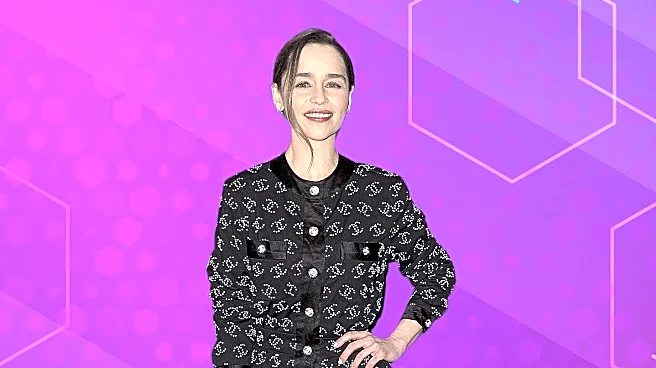What's Happening?
51&, a new membership-driven network, has been launched with the aim of transforming the women's healthcare system. Announced at the HLTH conference in Las Vegas, the initiative seeks to address the underrepresentation
of women in healthcare research and the barriers they face in accessing adequate care. The network, co-founded by Jodi Neuhauser, is designed as a for-profit public benefit company with affiliated organizations, including a 501(c)(3) and a Women's Health PAC. Membership costs $100 annually, providing access to content on women's health, events, and a say in funding decisions. The network aims to unite women across political lines by avoiding a stance on abortion, focusing instead on broader healthcare issues.
Why It's Important?
The launch of 51& is significant as it addresses systemic issues in women's healthcare, aiming to empower women and allies to influence the system using economic power. By avoiding divisive topics like abortion, the network seeks to build a bipartisan coalition that can drive change in areas such as maternal health, contraception, and cancer research. This approach could lead to more inclusive and effective healthcare policies, benefiting a wide range of stakeholders, including women who have felt underserved by the current system. The initiative's focus on funding research and infrastructure could lead to long-term improvements in women's health outcomes.
What's Next?
51& plans to grow its membership to 50,000 by the end of the year, which will enable it to fund organizations making systemic impacts in women's health. The network's strategy involves leveraging 'dollars, votes, and eyeballs' to build influence at the policy level. As the organization expands, it will likely face challenges in maintaining its bipartisan stance, especially as it navigates complex healthcare issues. The success of 51& will depend on its ability to attract a diverse membership and effectively channel resources into impactful initiatives.
Beyond the Headlines
The decision to avoid taking a stance on abortion highlights the complexities of navigating healthcare reform in a polarized political climate. While this approach may facilitate broader participation, it also raises questions about the network's ability to address all aspects of women's health comprehensively. The initiative's success could inspire similar models in other sectors, emphasizing the role of economic power in driving social change.











